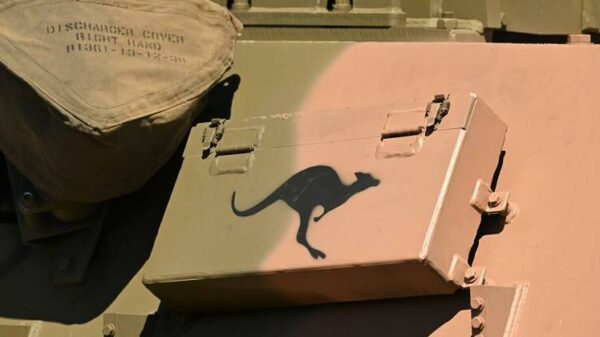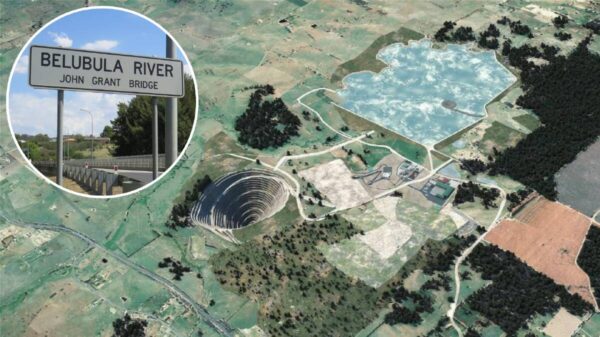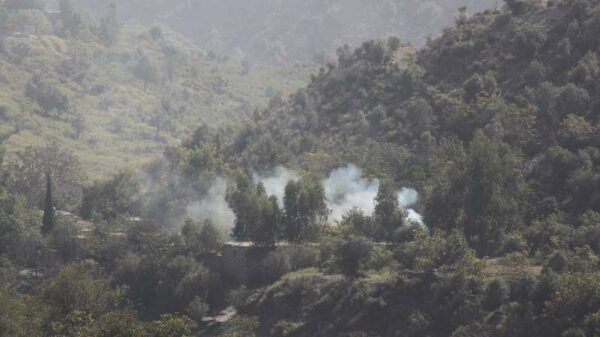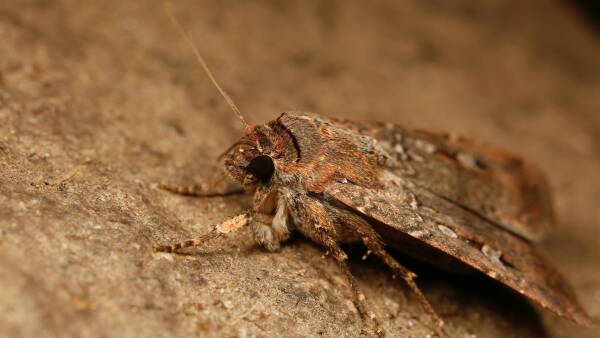The migration of the bogong moth, a small insect native to Australia, is inspiring advancements in navigation technology. Each spring, bogong moths emerge from the ground in Western Victoria, embarking on a remarkable journey of over 1,000 kilometers to the cool caves of the Snowy Mountains. This seasonal migration, which is mirrored in autumn when they return to breed, has been intertwined with the cultural practices of First Nations people for thousands of years.
Cultural narratives surrounding the bogong moth highlight its significance. Uncle Warren Ngarrae Foster, a respected Yuin Elder, noted the annual gatherings of various Indigenous groups, including the Bidhawal, Gunaikurnai, and Wiradjuri, for ceremonies and storytelling linked to the moth. These traditions emphasize the moth’s role in community and cultural identity, which is now at risk as its population faces severe decline.
Research led by Professor Eric Warrant, a zoologist at Lund University, has uncovered the remarkable navigational abilities of the bogong moth, suggesting they may use the stars for orientation. Unlike many migratory insects that may rely on a magnetic compass, the bogong moth’s journey requires exceptional navigational precision.
In a study conducted with a team from the Australian National University and the University of South Australia, Professor Warrant and his colleagues constructed small planetariums to observe the moths as they migrated. By projecting a star map onto the ceiling of these planetariums, researchers found that the moths adjusted their flight path based on the stars’ positions, heading northeast in spring and southwest in autumn.
“If you turn the whole starry night sky by 180 degrees, the moth turns and flies in exactly the opposite direction,” Professor Warrant explained. This finding highlights the moth’s reliance on visual cues from the night sky, which was further validated by eliminating Earth’s magnetic field during the experiments.
The implications of this research extend beyond entomology. Professor Javaan Chahl, an expert in remote sensing engineering, believes that understanding the bogong moth’s navigation methods could lead to significant advancements in the design of drones, robots, and other small aircraft.
“There’s a growing demand for compact aircraft that can operate in environments where traditional navigation systems, like GPS, may not be reliable,” Professor Chahl noted. His team is already applying these insights to develop a navigation program for drones, testing them in remote regions like the deserts of South Australia.
The challenge now lies in miniaturizing the technology. Current engineering capabilities can produce components that weigh a few grams, while insect navigation systems operate at microgram scales. This presents both opportunities and ethical dilemmas, as Professor Chahl pointed out, emphasizing the dual-use nature of such technology in both beneficial and potentially harmful applications.
Despite the excitement surrounding technological advancements, the future of the bogong moth itself remains uncertain. Recent data indicates a staggering 99.5 percent population decline over the last year, attributed to factors such as agricultural practices and land clearing. Researchers acknowledge the need for further investigation into the precise causes of this decline.
As scientific understanding of the bogong moth deepens, the knowledge held by Indigenous communities also faces challenges. Uncle Warren highlighted concerns about the moth’s edibility, noting that they are now often “full of cyanide,” which diminishes their traditional role as a food source.
The intersection of ancient knowledge and modern science offers a unique opportunity to explore how traditional practices can inform contemporary innovation. As researchers continue to study the bogong moth, the potential for new technologies inspired by this remarkable insect could contribute to a broader understanding of navigation and environmental sustainability.




























































